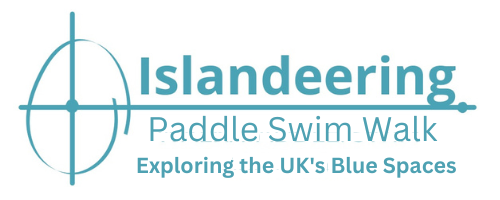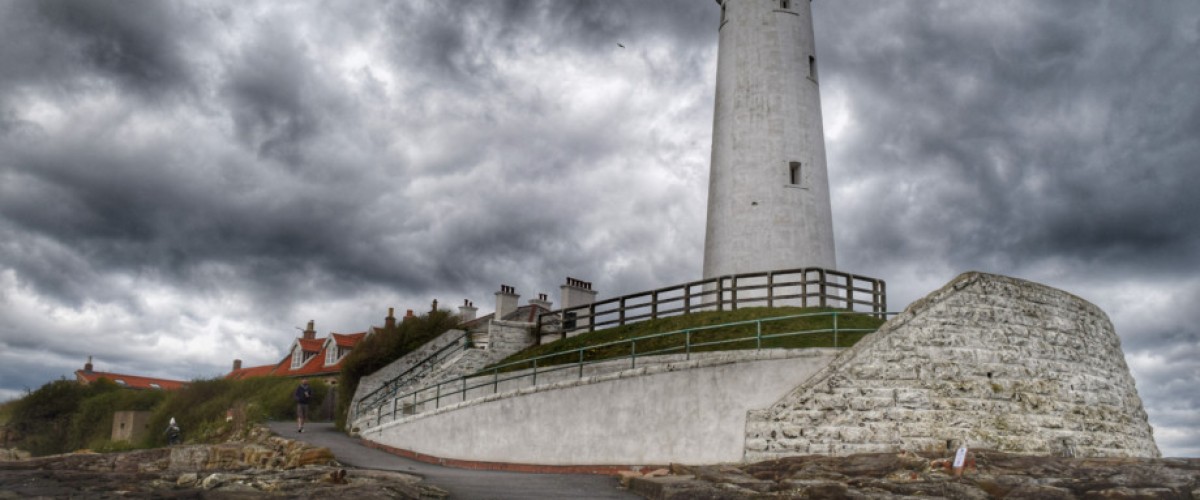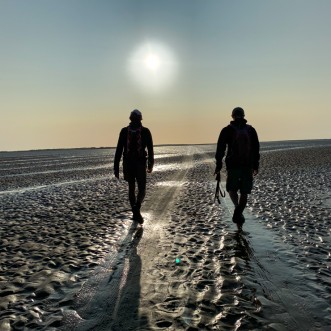Day 4 of our virtual island bagging journey
Today’s journey: heading north from Sheppey Island along the English east coast and into Scotland
Today’s step-up height achieved: 895 metres
After a bad night’s sleep on Elmley Nature Reserve, Sheppey, we fought our way through the seasonal lapwings and chicks to cross back over Sheppey Crossing and headed to Essex. The M25 was deserted, it being an Easter weekend and everyone was observing the lockdown.
First up was Havengore (3m) on our way to Foulness (3m) where the villager’s homemade cakes are delish and their unique dialect a delight. Then back down the Broomway, dubbed the ‘UK’s deadliest path’ taking note of the faster-than-light tides and sinking sands. Then into the waiting kayaks to paddle out to Potton (2m), Rushley (2m) and Bridgemarsh (3 m). A quick crossing of the River Roach took us to Wallasea (4m), a magical landscape of marshland, lagoons, ditches and sea created when more than three million tonnes of earth was brought by boat from the tunnels and shafts created by the Crossrail scheme in London.
We headed north to the Blackwater River where the exclusive Osea Island (7m) was heaving with celebs, whilst Northey Island (4m) heaved with nature. On up to Mersea (21m) for a glass of Mersea Island Sparkling and a plate full of native oysters before kayaking to its satellite islands Cobmarsh (3m), Ray (3m), Pewitt (3m) and Colne Bar (3m).
North again around The Naze to the Hamford Water estuary, a mighty nature reserve in Essex, for Hedge End (4m), Horsey (7m) and one of my favourite, Skippers (3m) to see the very rare Fishers Estuarine Moth.
Entering Suffolk and bagging its only island Havergate (2m) we reached it on the RSPB boat and rowed across the Alder and Ore estuary. A shingle spit of Orford Ness protects it from the North Sea and makes it a haven for nesting birds. It also adds an eerie vibe with its distinctive pagoda-like buildings of the Atomic Weapons Research Establishment base.
On to Norfolk and another of our favourite islands, Scolt Head (7m), with the island high point on top of a wild sand dunes. We swam across on high tide (but you can walk it at low tide too) in the very waters that Nelson first learnt to sail.
The last few islands on the English east coast before we get Scotland are the beautiful Farnes (17m) where the terns bombed us on our approach; St Mary’s (8m) and its seals; and Lindisfarne (23m). To get to the latter we threw our shoes and socks off and walked along the Pilgrim’s Way to get there at low tide.
At last we have reached the Scottish border. First up Edinburgh and the islands of the Firth of Forth. A low tide crossing to Crammond (28m) and a boat trip to Isle of May (45m) and Inchkeith (10m) with Forth Sea Safaris who dropped us off on Inch Garvie too (19m). Great views of the bridge, the city and further out to sea.
Now on to Dundee, finally to meet up with our fellow island-bagger Derek. He’s been heroic in his step-ups on his Belfast sink and stairs, so we can motor on through Orkney with his cumulative 395 metres in his first day.
We drive up to John O’ Groats to catch the Pentland ferry to St Margaret’s Hope then hoofed it up Milldoe (275m), the highpoint of Mainland Orkney. A celebratory cake in Wriggly and The Reel in Kirkwell, the legendary accordion and fiddle club, before a mad dash to catch the last ferry to Hoy to climb Ward Hill (481m).
Looking forward to our night on Rackwick Beach – a BBQ, the rolling surf and no midgies (well this is a virtual tour, so in our dreams).
Cumulative total of island bagging height – Cumulative total of 2278m (target total = 47,000 metres)
Method of travel – climbing a ladder up the apple tree in the garden; step ups on a Belfast sink; indoor staircase


